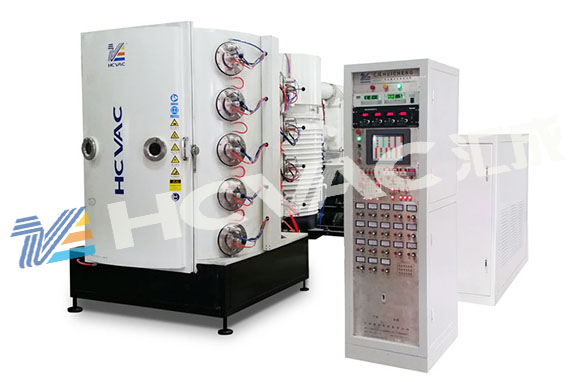Everyone knows that the pvd coating machine needs to work under vacuum conditions, so the use environment needs to reach a high degree of vacuum, so the role of the air extraction system is essential. In addition, the workpiece needs to be degassed. Many staff who have little understanding of the vacuum industry are very puzzled. Why do the workpieces need to be degassed during the coating process, and how? The following is a detailed introduction to the vacuum editor:

In our coating project for workpieces, some workpieces have a lot of gas, moisture, etc. in themselves. These substances will be discharged into the vacuum chamber when the equipment is heated, reducing the vacuum degree. What's more, some gases have Toxic components directly damage the internal mechanical structure of the vacuum chamber, causing the equipment to fail to operate normally. In addition, during the coating process, due to the heating and expansion of the gas in the workpiece, it is easy to crack the coated film. Of course, the probability of this situation depends on the physical properties of the workpiece itself, such as plastics that are easy to expand, the probability is relatively high. For hard materials such as metal, the probability is relatively low, but it cannot be ignored, so the degassing of the workpiece is very necessary.
Usually the workpiece degassing method we use is baking, and the gas and moisture in the workpiece are discharged by heating. Before coating, the workpiece is heated while the gas is being pumped. Together with the gas in the vacuum chamber, it is pumped out by the vacuum pump.
In the process of coating workpieces by
pvd coating machine, different degassing measures are taken for different workpieces to effectively control the emission of gas and moisture inside the workpiece, so as to improve the stability and uniformity of the coating.



